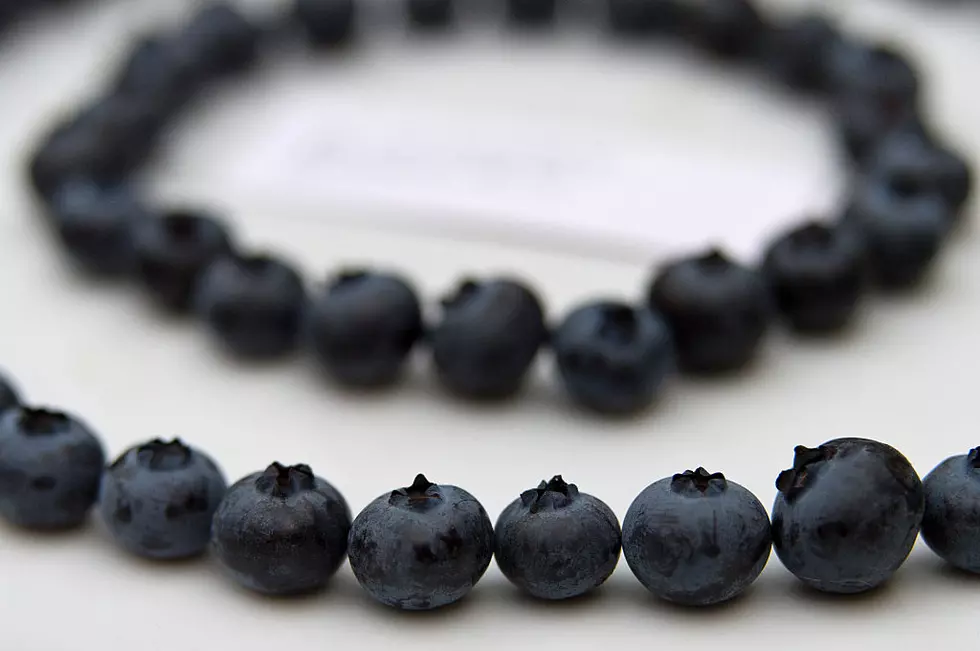
This Chewy Candy Is Popular in Massachusetts Beach Communities
You'd be hard-pressed to find a Massachusetts beach community where saltwater taffy isn't available in abundance.
From Provincetown to the New Hampshire border and up into Maine, for more than a century, the sweet, gooey candy has been a popular treat.
People ask what the difference is between taffy and saltwater taffy. Nothing, only the name. There is no saltwater used in the production of saltwater taffy. The name may come from the candy's popularity near the ocean.

Saltwater taffy is candy made from sugar, corn starch, corn syrup, glycerine, water, butter, salt, natural and/or artificial flavor and food color. Saltwater taffy flavors are limited only by the imagination.
I am not much of a candy lover, but saltwater taffy has to be pretty close to the bottom of my like list. It's way too sweet and chewy for my taste.
There is debate about the origin of taffy, but it may have burst on the scene in the United States in the Atlantic City, New Jersey area in the 1880s. Boston.com says Cabot's Candy in Provincetown began making saltwater taffy in 1927 and Tuck's Candy Factory in Rockport in 1929.
Slate.com says, "Although taffy is a millennium-old confection that dates back to 10th-century Baghdad, it arrived in the U.S. in the 1840s." The site says, "It was in Atlantic City that taffy added saltwater to its name."
Saltwater taffy is also a popular candy treat in other places, including Atlantic Canada and Salt Lake City, Utah.
Saltwater taffy is usually cut into bite-sized pieces and wrapped in colorful waxed paper. Fudge is another favorite treat in touristy coastal areas of Massachusetts and along the East Coast.
Gallery — Every Movie Theater Candy, Ranked:
See How School Cafeteria Meals Have Changed Over the Past 100 Years
Gallery Credit: Madison Troyer
CHECK IT OUT: See the 100 most popular brands in America
More From WBSM-AM/AM 1420









